December itinerary in Japan Day 2 (Aomori Day 2)
(Sunday, December 12)
Table of contents
1. Move from Aomori Station to Kuroishi Station
3. Former main branch of the 59th National Bank (Aomori Bank Memorial Museum)
5. Former Too Gijuku Missionary Residence
6. Former Hirosaki City Library
1. Move from Aomori Station to Kuroishi Station
In the morning of the second day of my trip to Aomori and Akita, I moved from Aomori station to Kuroishi station and went sightseeing in Kuroishi. The public transportation I used is as follows.
Depart Aomori Station at 9:04, JR Limited Express Tsugaru No. 2, arrive at Hirosaki Station at 9:38, fare Yen1,200 (including limited express fare)
Depart Hirosaki Station at 9:50, Konan Railway Konan Line, arrive at Kuroishi Station at 10:26, fare Yen 470
Limited express Tsugaru runs on the Ou Line that connects Aomori Station and Akita Station. Personally, I don’t think the appearance of the limited express Tsugaru is a very cool design. However, the interior was clean and I liked it. There weren’t many passengers.
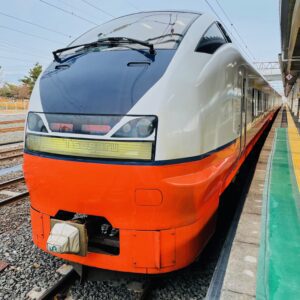

I enjoyed the view from the train window, such as seeing Mt. Iwaki on the right side of the direction of travel. Mt. Iwaki, which is an independent peak like Mt. Fuji, is also called Tsugaru Fuji. The altitude is 1,625m. The apple harvest season ended by mid-November. I think we can enjoy even more beautiful scenery when the apples are growing.
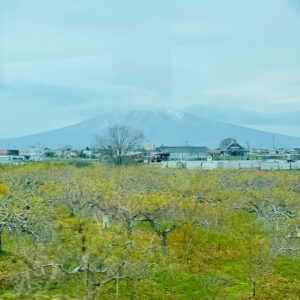
After arriving at Hirosaki Station, I changed to the Konan Railway from JR and went to Kuroishi Station. Onigiri made by nursery school children was hanging inside the “Tambo (rice paddy) Railway” of Konan Railway, which made me smile. Tickets for the Konan Railway is ticketed using the nostalgic ticket punch.
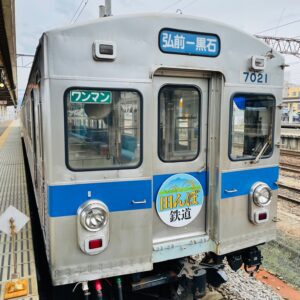

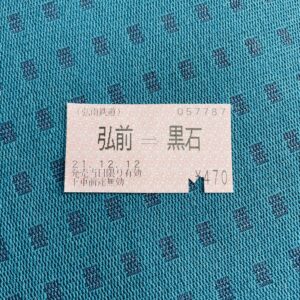
Inaka-date Village on the way to Kuroishi Station is famous for the Tambo (rice paddy) art that draws pictures on paddy fields by planting rice of different colors. Tambo (rice paddy) art in Inakadate Village first started in Japan in 1993 as one of the village revitalization. The train stops at Tambo Art Station during the rice paddy art season, but the train does not stop during the winter season from December 1st to March 31st.
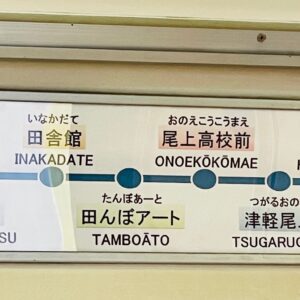
In addition, Kuroishi City and Hirakawa City along the Konan Railway are also swan landings, and many swans were feeding in the rice fields. On the Konan Railway, it was a very enjoyable trip both inside and outside the train.
2. Nakamachi Komise Street
I arrived at “Nakamachi Komise Street” in about 10 minutes on foot from Kuroishi Station. “Nakamachi Komise Street” is an arcade-shaped passage that has been around since the Edo period, and it is rare in Japan that it is left in almost perfect form. It has been selected as an Important Preservation District for Traditional Buildings in the country. Huge kokeshi dolls are lined up, and the kokeshi dolls are lit up at night.
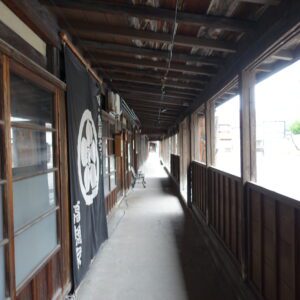
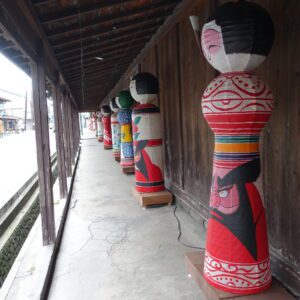
The “Takahashi Family Residence”, which is a typical Machiya building (commercial house building) built in 1763, is a national important cultural property.

I visited the brewery “Kikunoi” on “Nakamachi Komise Street”. “Kikunoi” was founded in 1806 and is a brewery with a very long history. You can see old books. All kinds of sake from “Kikunoi” that I tasted were mellow, sharp and wonderful.

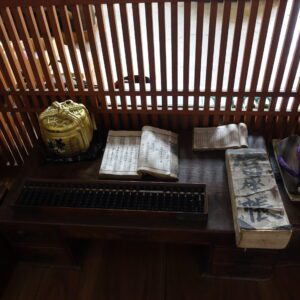
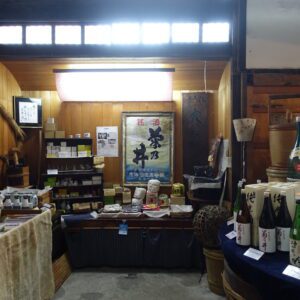
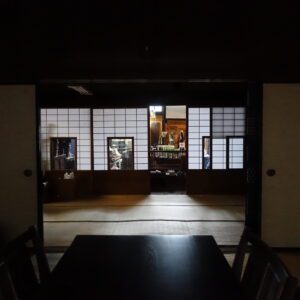
In addition to “Kikunoi”, there is a long-established brewery called “Tamadare” founded in 1913 on “Nakamachi Komise Street”. However, “Tamadare” was closed on Sundays and I could not visit.

3. Aomori Bank Memorial Hall (Former main branch of the 59th National Bank)
I had lunch in Kuroishi City and moved to Hirosaki City. The public transportation I used is as follows.
Depart Kuroishi Station at 12:40, Konan Railway Konan Line, arrive at Hirosaki Station at 13:14, fare Yen 470
After arriving at Hirosaki Station and checking in at the hotel, we went sightseeing in Hirosaki. First of all, I visited Aomori Bank Memorial Hall (Former main branch of the 59th National Bank), which was near the hotel. Aomori Bank Memorial Hall is a national important cultural property built in 1904. The designer was Sakichi Horie (Hirosaki City), a leading figure in Western-style architecture that also worked on the former Hirosaki Kaikousha (National Important Cultural Property), the former Hirosaki City Library, and the Shayokan (Dazai Osamu’s birthplace, a national important cultural property). The interior of Aomori Bank Memorial Hall was wonderful, and the night view was very beautiful.
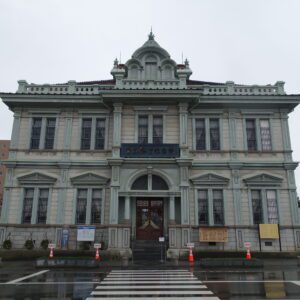
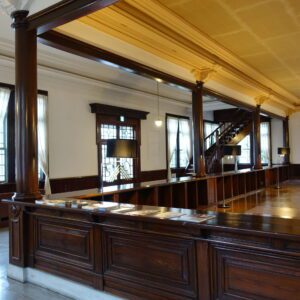
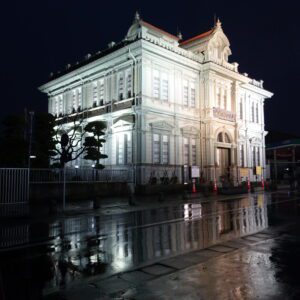
Admission: Adults (high school students and above) Yen 200, elementary and junior high school students Yen 100
4. Hirosaki Castle
After visiting Aomori Bank Memorial Hall, I ate an apple pie and went to Hirosaki Castle. Hirosaki Castle is one of the 12 existing castle towers and is the only existing castle tower in the Tohoku region. Currently, Hirosaki City is engaged in a stone wall repair business, and the castle tower has been moved to a temporary castle tower platform. The stone wall repair business is scheduled to continue until 2025.
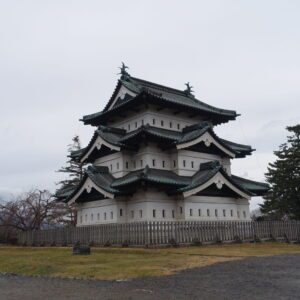
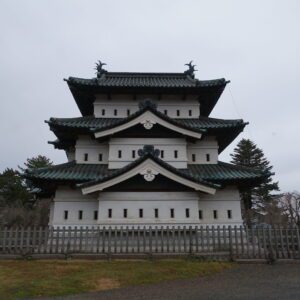
Hirosaki Castle has many national important cultural properties such as the castle tower, Tatsumi turret, Ninomaru East Gate, and Sannomaru East Gate. I was most impressed with the magnificence of the gates (Ninomaru East Gate, Sannomaru East Gate).
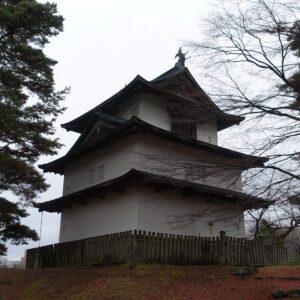
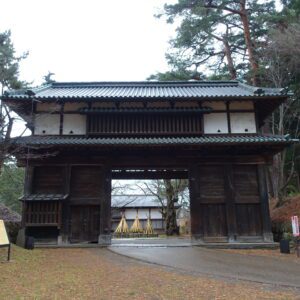

In addition, Mt. Iwaki can be clearly seen from the location of the castle tower. There were clouds on the top of the mountain, but it was a wonderful view.
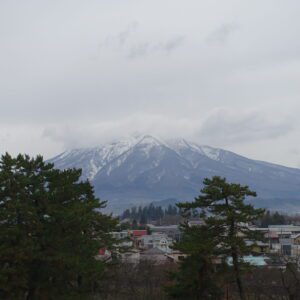
5. Former Too Gijuku Missionary Residence
After Hirosaki Castle, I went to Former Too Gijuku Missionary Residence. Former Too Gijuku Missionary Residence was built in 1903 as a residence exclusively for foreign teachers at Too Gijuku. Too Gijuku was opened in 1872 as a private school based on the “Keiko Kan (Rehearsal Hall)” which was a clan school of the Hirosaki clan (commonly known as the Tsugaru clan). Even now, school education continues as Too Gijuku High School and Junior High School.

6. Former Hirosaki City Library
The Former Hirosaki City Library, which stands next to Former Too Gijuku Missionary Residence, was built in 1906. The building features octagonal three-story towers on both the left and right ends. As I mentioned above, it was designed by Sakichi Horie, who designed Aomori Bank Memorial Hall.
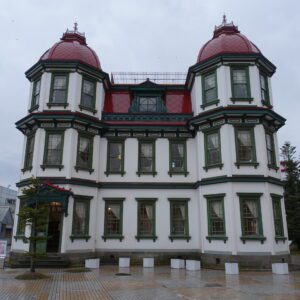
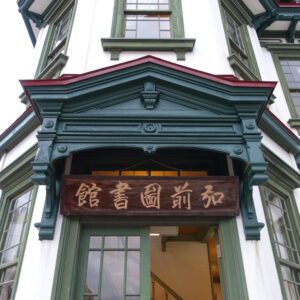

7. Fujita Memorial Garden
The days were short in winter, and it became quite dim before 16:00. I didn’t go inside, but I took a picture of only the Western-style building in the Fujita Memorial Garden. The Western-style building of the Fujita Memorial Garden was designed by Kinzo, the son of Horie Sakichi. At the “Taisho Roman Tea Room” in the Western-style building, you can compare the taste of apple pies ordered from pastry shops in Hirosaki City.
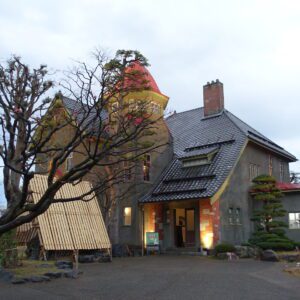

Admission: Adults (high school students and above) Yen 320, children (elementary and junior high school students) Yen 100
8. Senguin
The Kannon-do of Senguin, which is right next to the Seiganji Temple, was lit up and was beautiful.

9. Seiganji Temple
I went to Seiganji Temple to see Sanmon (the gate) of the temple, which is a national important cultural property. However, it was a pity that I couldn’t look the gate of temple during repairs. Sanmon of Seiganji Temple is a unique gate building called Tsurugame-mon.

Note: The departure / arrival times, fares, admission fees, meal fees, etc. of transportation listed in the text are as of the time of writing the BLOG. Please check for yourself when you go on a trip as it may change in the future.
